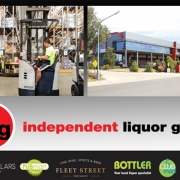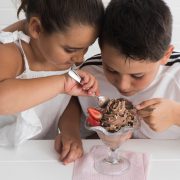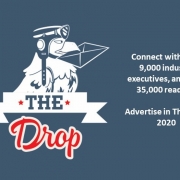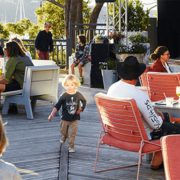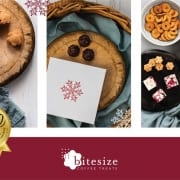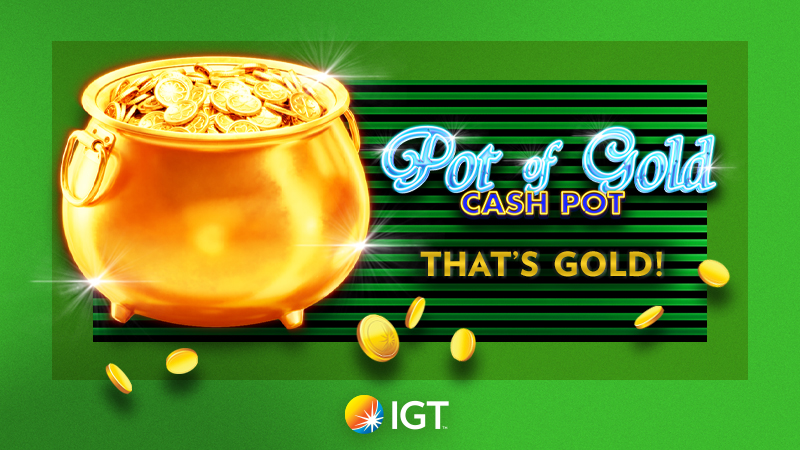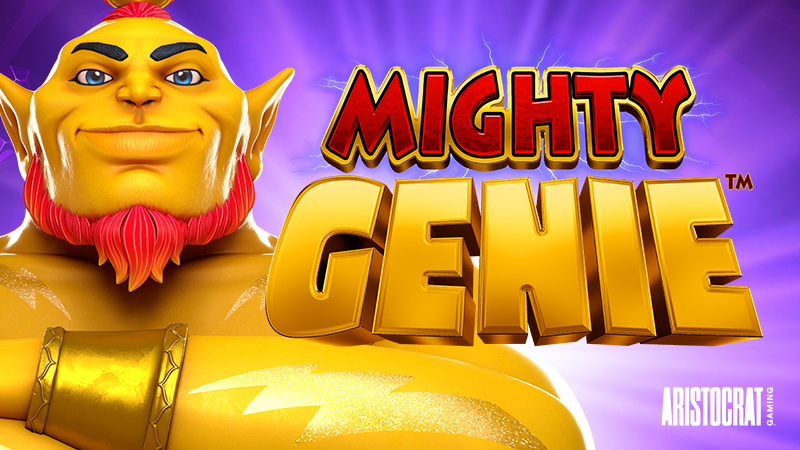AUSSIES DRINKING LESS THAN ANY TIME IN PAST 50 YEARS
Australians are drinking less alcohol now than at any time in the past 50 years, but beer is still rated as the nation’s favourite drink, just ahead of a glass of wine according to ABS data.
The drop in alcohol available in Australia in 2016-17 continues a downward trend that emerged in 2008-09.
Official data released just a few weeks ago showed that 186 million litres of pure alcohol were consumed across the nation in 2016-17, the lowest figure since 1961-62.
This equates to 9.4 litres of pure alcohol for every person aged 15 years or more, or the equivalent, on average, of 224 stubbies of beer, 38 bottles of wine, 17 bottles of cider, 33 cans of pre-mixed drinks and four bottles of spirits.
A drop in the amount of beer drunk has been the biggest contributor to the overall fall in the year. But beer was still the drink most favoured by Australians, the beverage accounting for 39.2% of all alcohol consumed in the year.
Wine was a close second, accounting for 38.3%, followed by spirits (13.1%), ready-to-drink beverages (6%) and cider (3.4%).
The booziest year on record is 1974-75 – the so-called “peak beer” period – when consumption hit the equivalent of 500 stubbies per person.
UPDATE YOUR COCKTAIL MENU FOR MILLENNIALS
Millennials (aged 18 to 34) could be the reason for this drinking decline as research shows they are less likely to drink than their elders. Nielsen Consumer & Media View research shows that just over half (53%) of Millennials said they consumed alcohol in the past month, compared with 65% of Gen Xers (aged 35 to 54) and 72% of Boomers (aged 55+).
As such, Millennials pose a challenge to alcohol marketers because of the range of factors that influence their drinking choices.
Millennials rate beer as their favourite tipple with 26% having consumed it in the past month – slightly less than the 34% of Gen Xers and 33% of Boomers. Compared to all other consumers of a legal drinking age, however, Millennials are more open to other drink choices. This group is:
- 33% more likely to have consumed cider (16% said they had in the past month)
- 55% more likely to have consumed vodka (10%)
- 18% more likely to have consumed premixed drinks (9%).
New drinks, new ideas, food and technology all appeal to alcohol-consuming-Millennials who are more likely to see themselves as trendsetters amongst their friends and are willing to pay extra for products that are consistent with the image they want to portray.
Millennials look for value but they also rate health factors such as low carb, calories, vitamin-fortified and organic as very important; compared to Boomers who favour value and price, particularly when purchasing beer and cider.
Marketers aiming to engage Millennial drinkers need to consider more than brand or product because 62% of them are willing to reject brands, products and services based on concerns around their impact on the environment.
While they may drink less overall, Millennials are still an important group through sheer numbers alone. In the past month, Millennials who did buy alcohol on premise were more likely to have spent more than both Gen Xers and Boomers.
But experts say it’s also good to look at alternative offerings where you can still make money over the bar. For example, you can charge nearly as much for an alcohol-free cocktail as an alcoholic one if you use premium ingredients. A good alcohol-free beer is also worth considering because people can drink those all night. It really shouldn’t matter if a drink has alcohol or not when it comes to making a profit.
Sources: ABS, The Guardian

